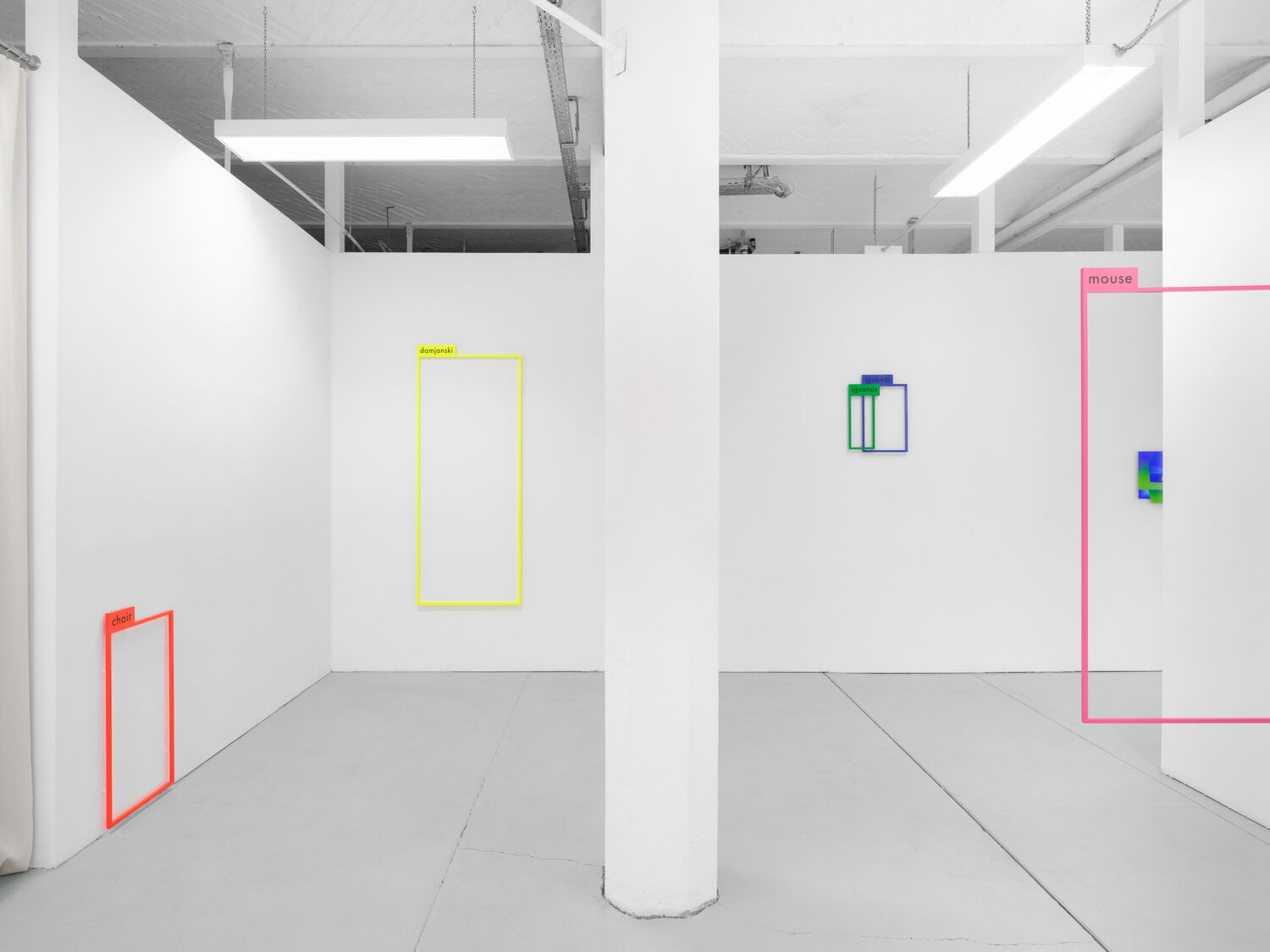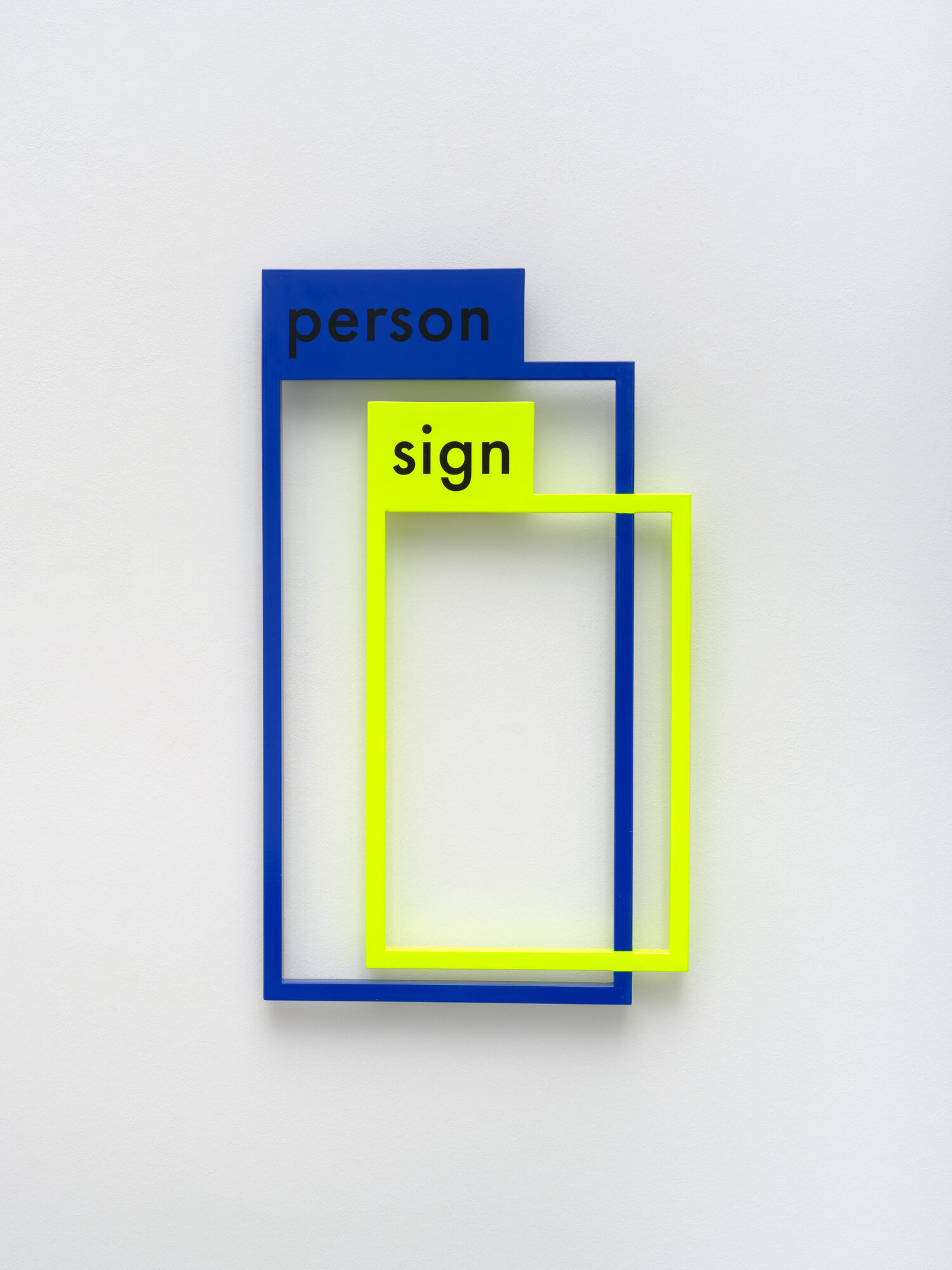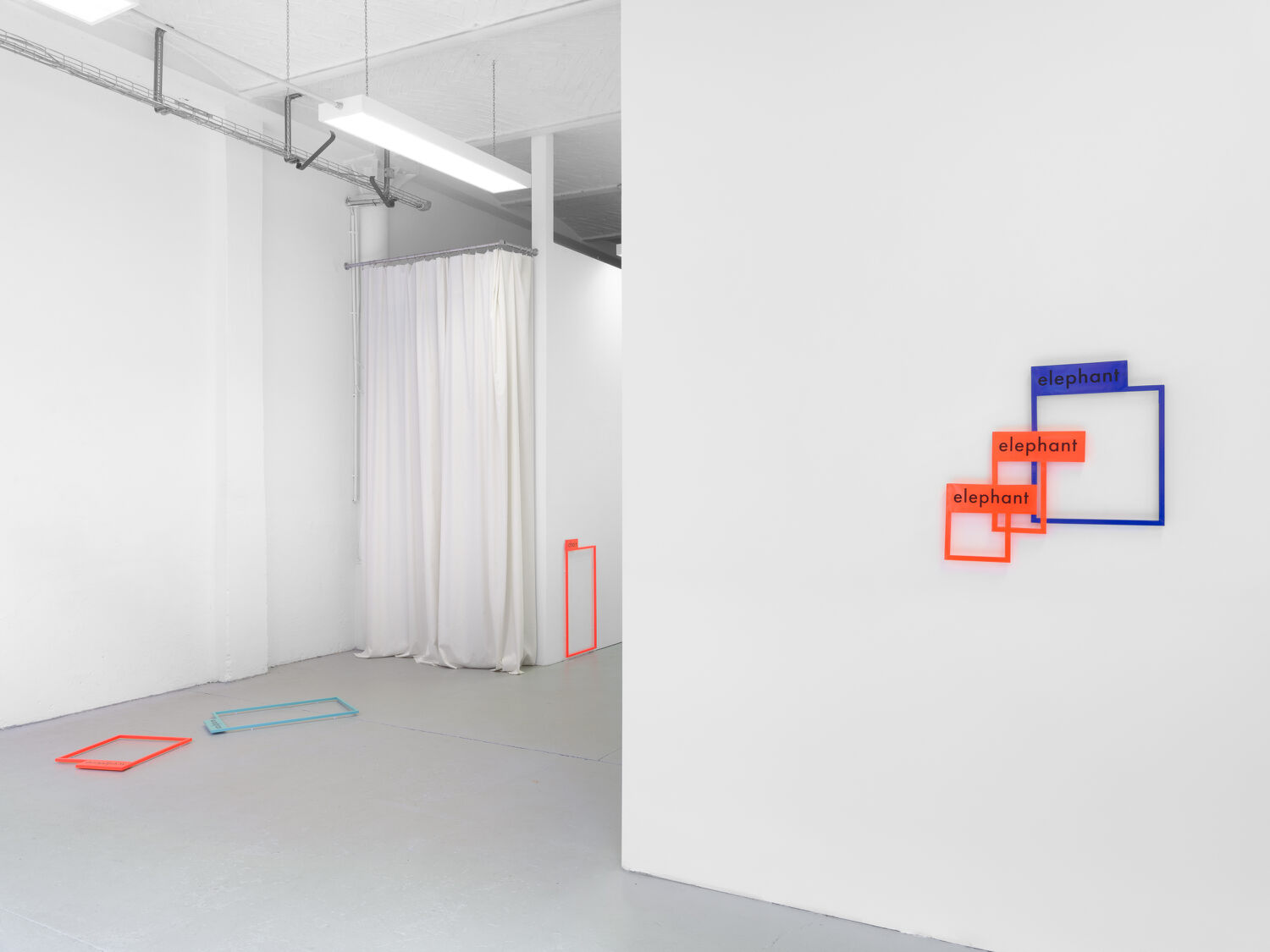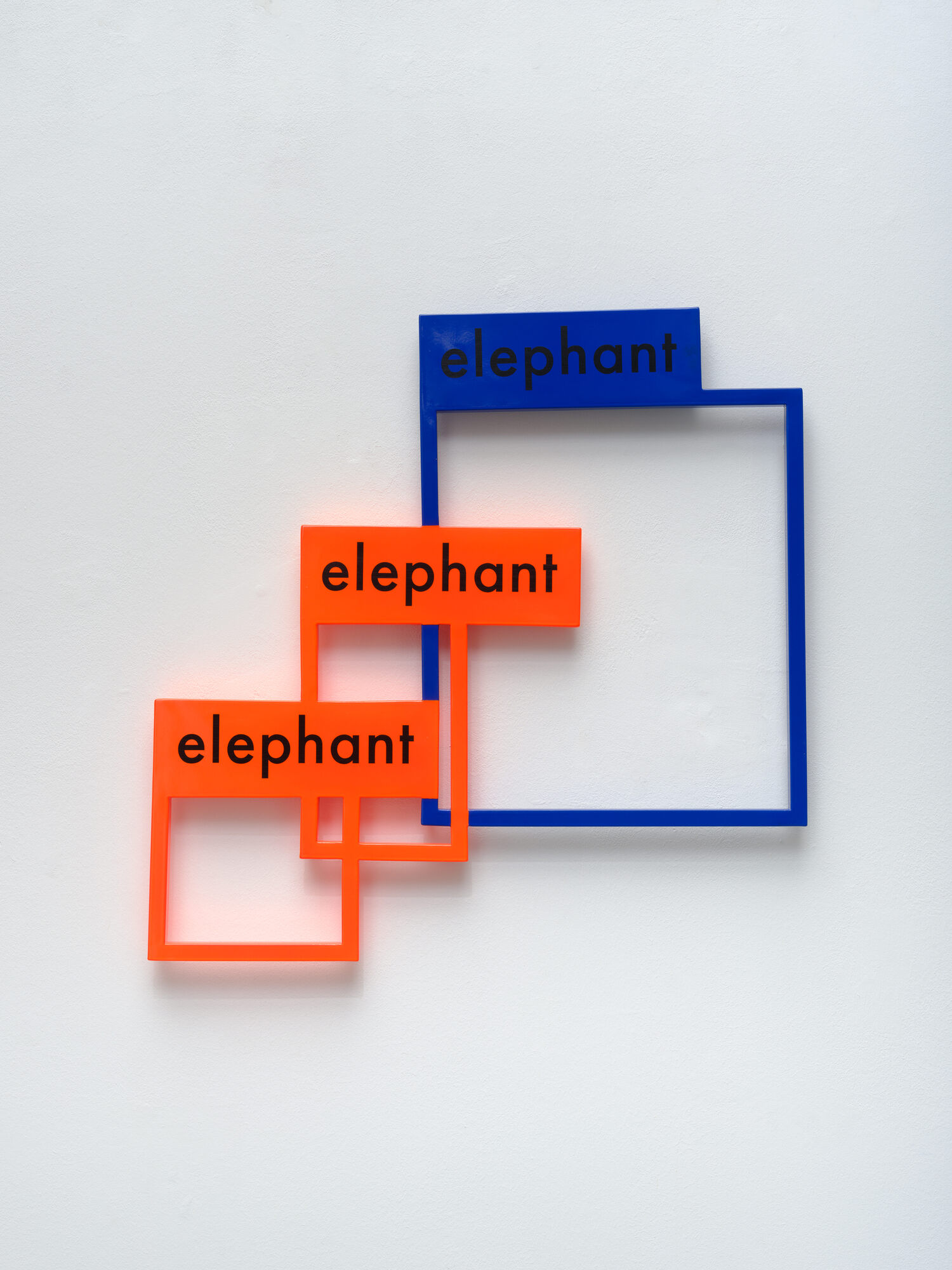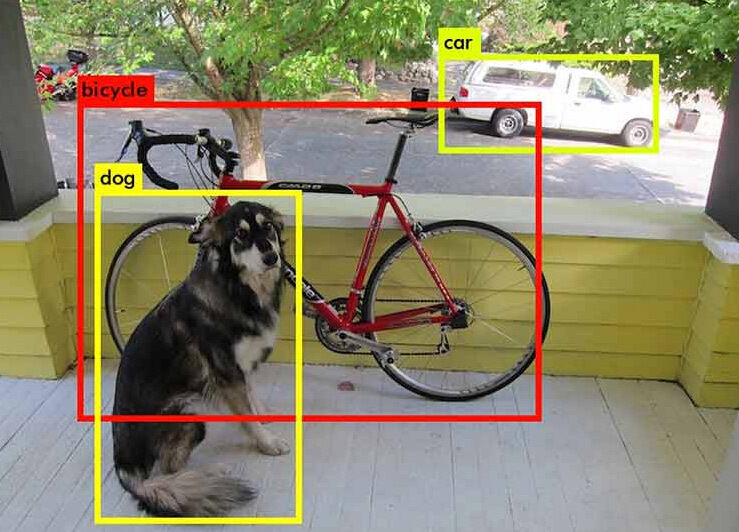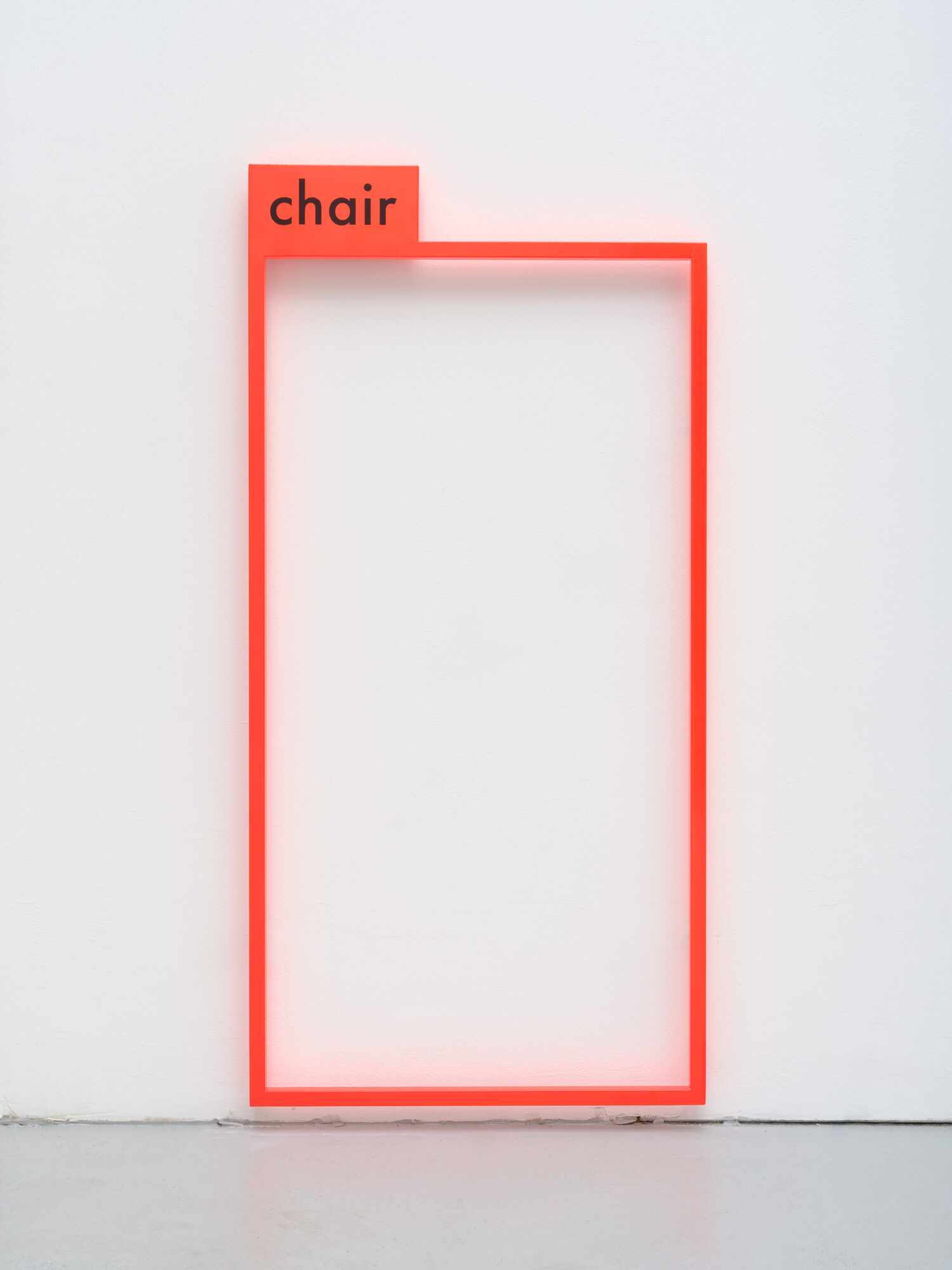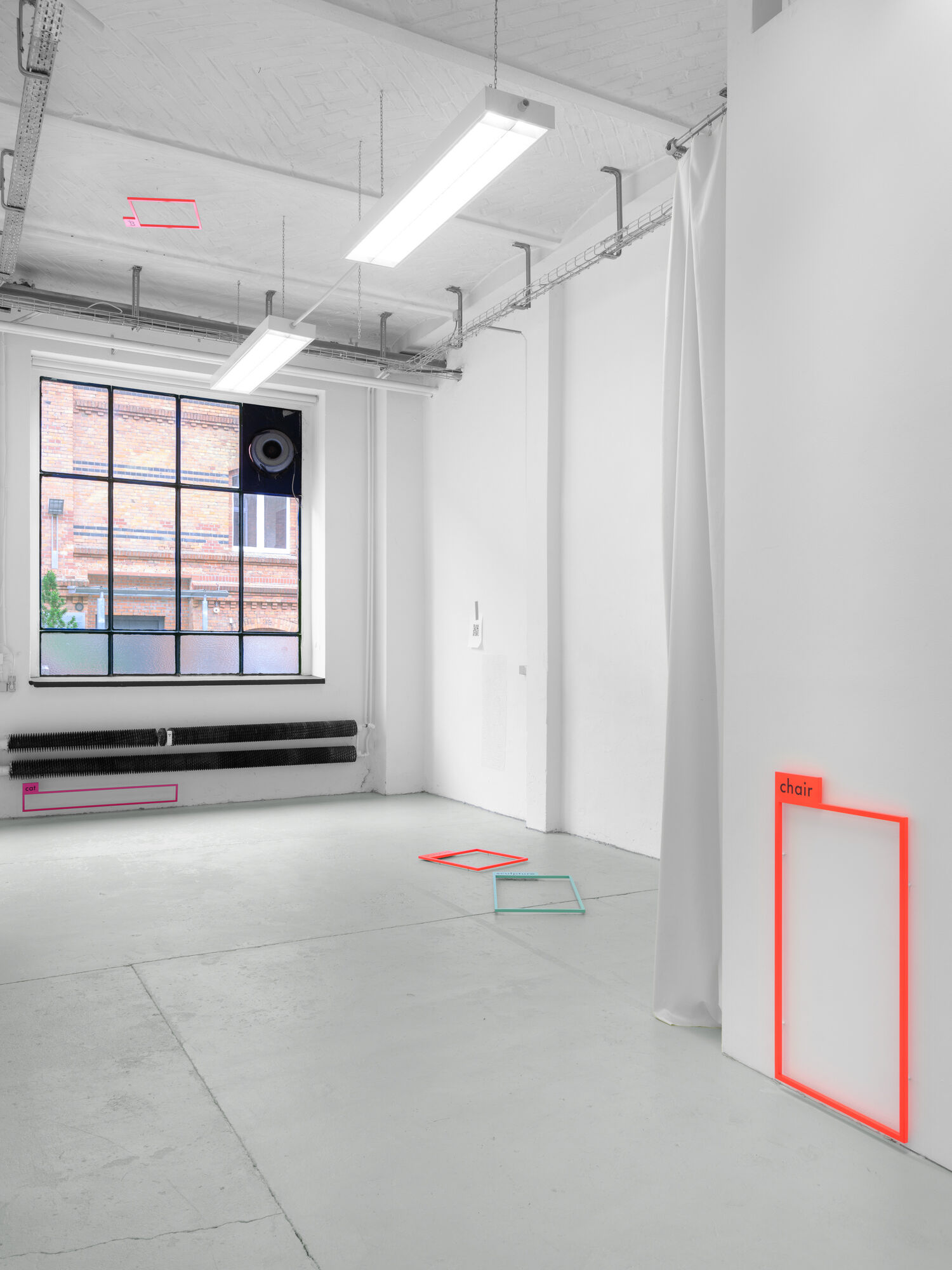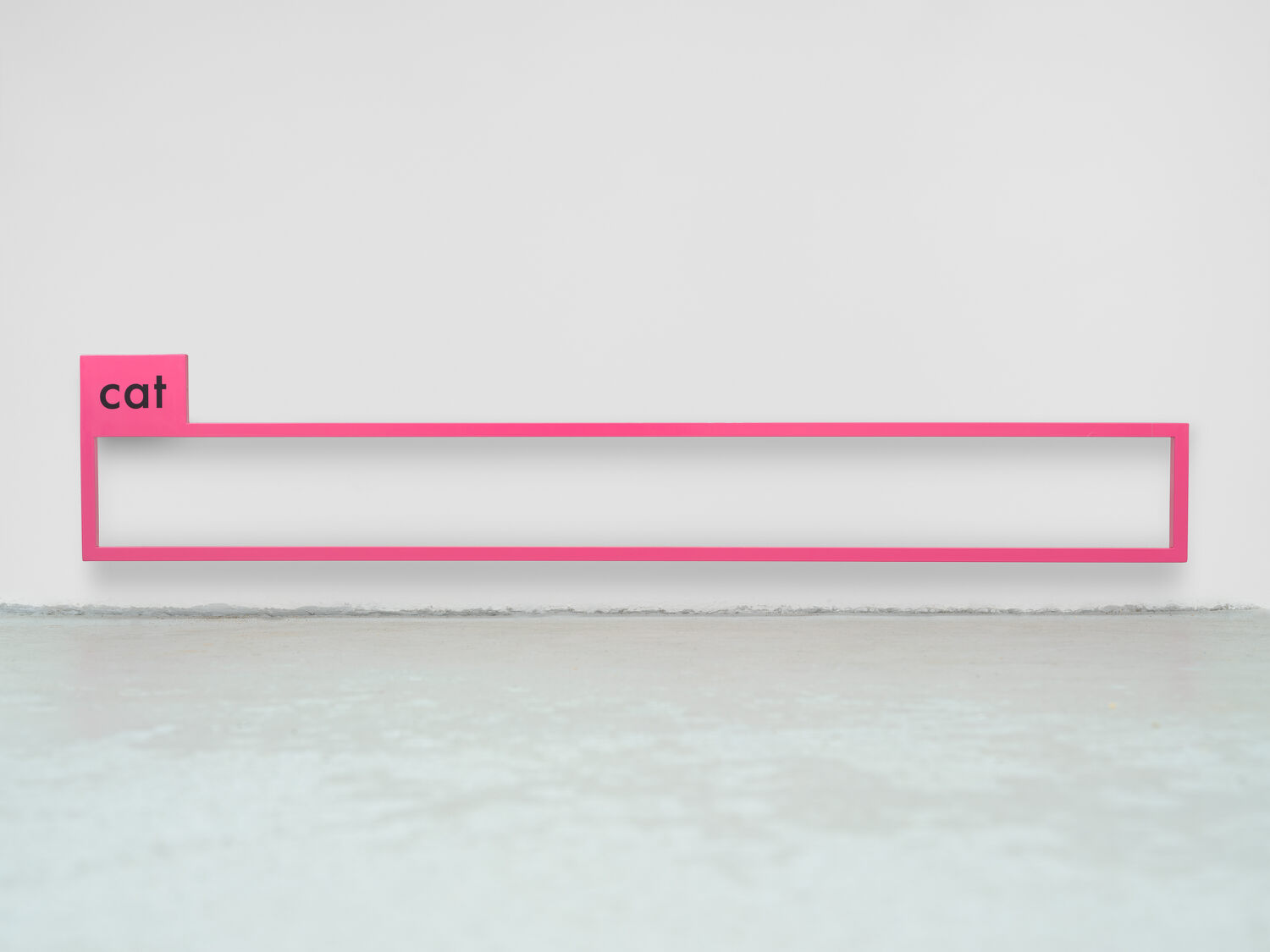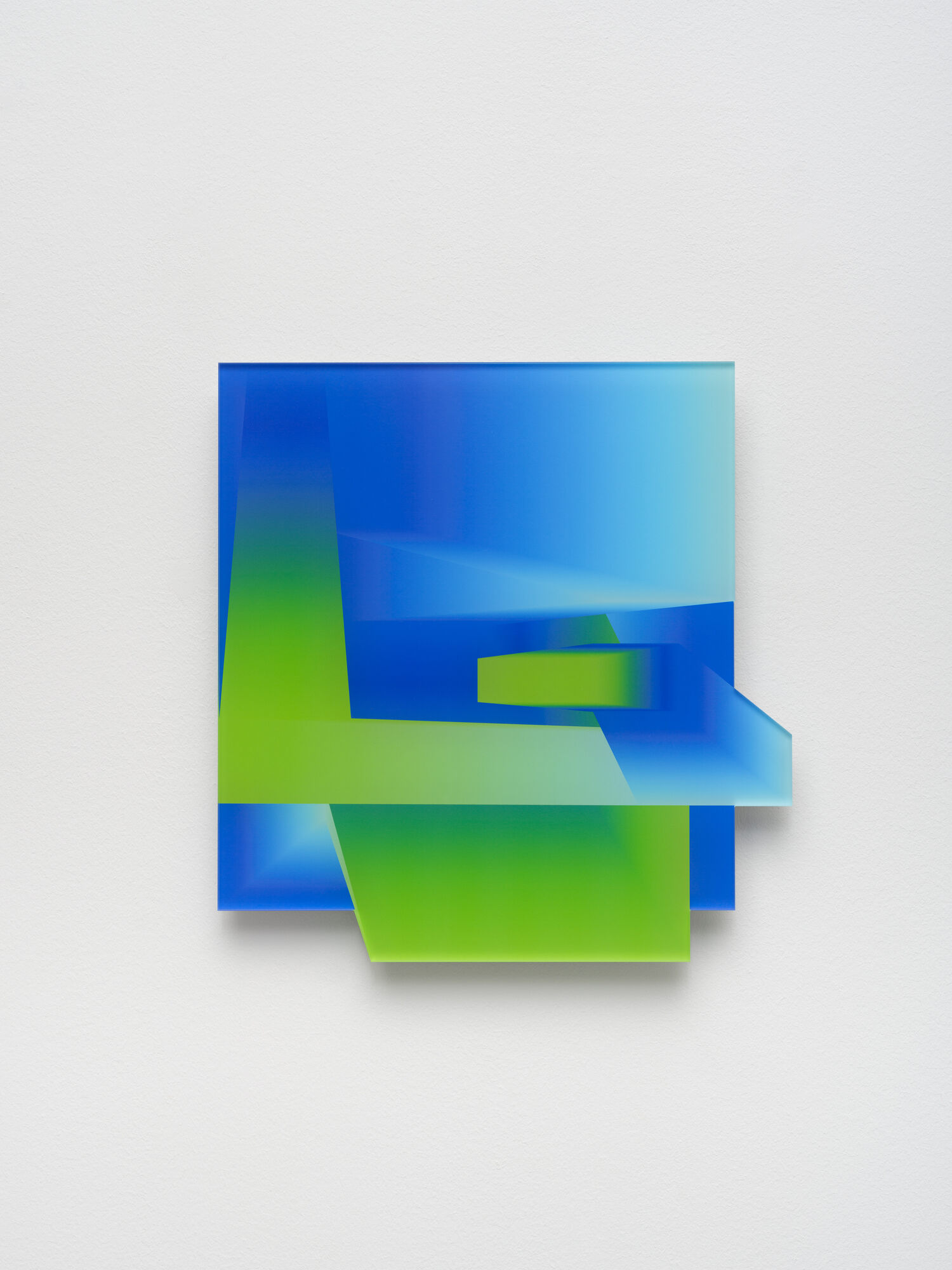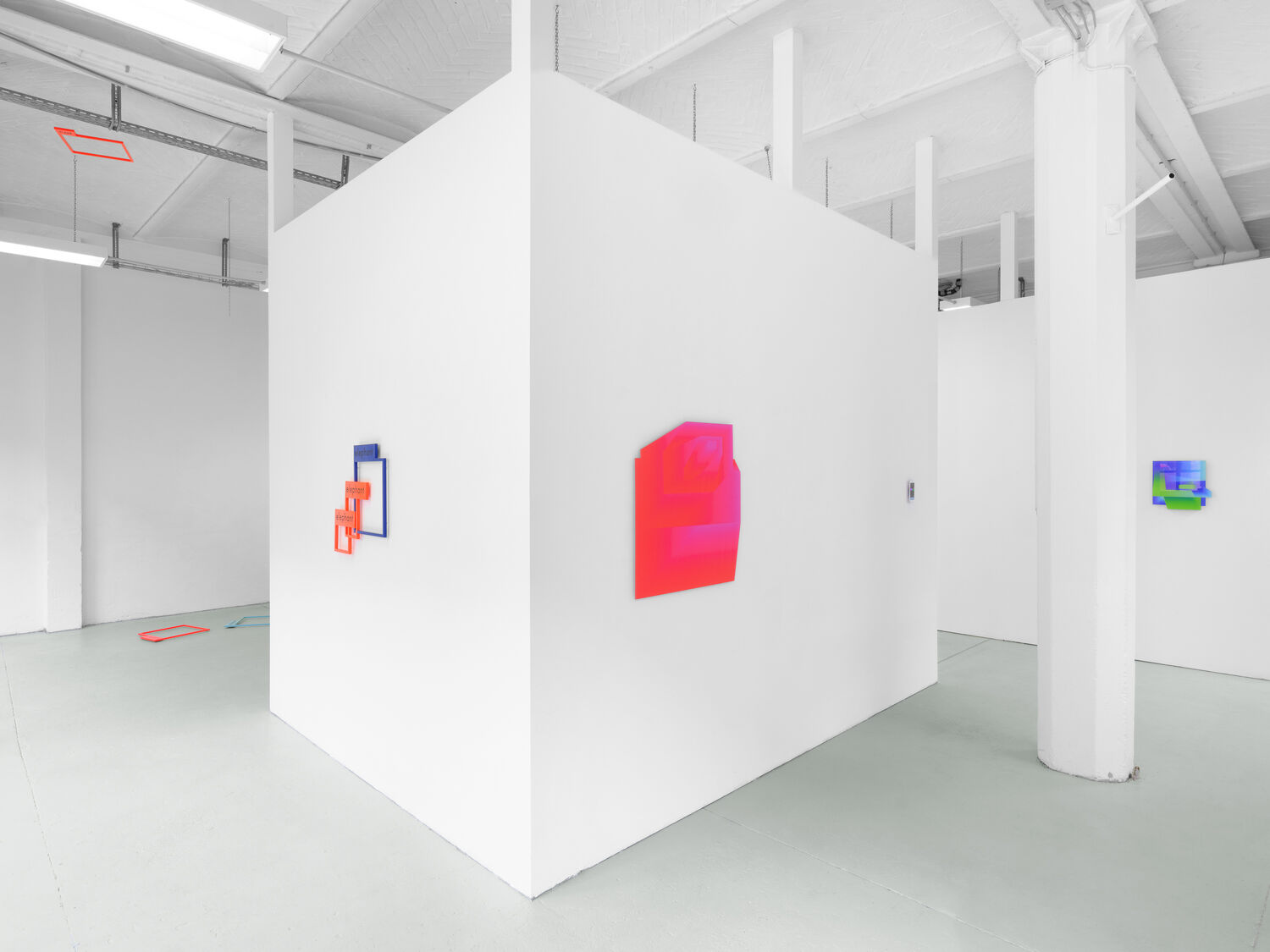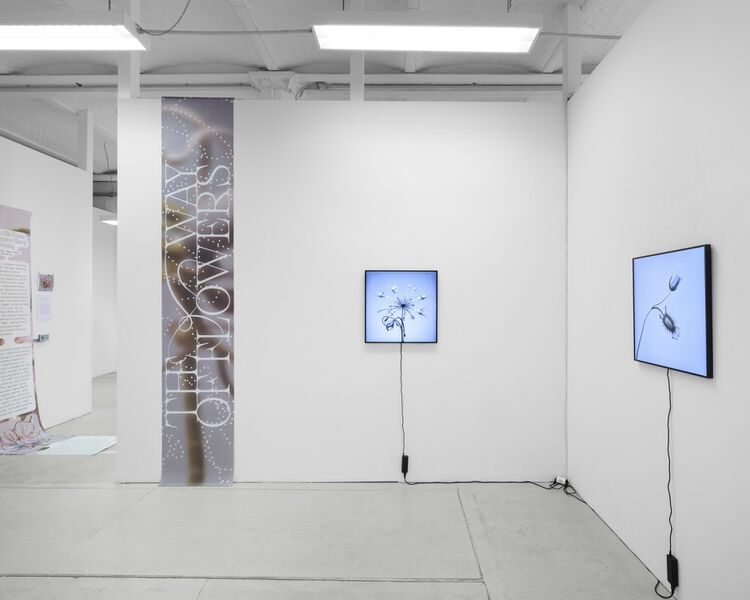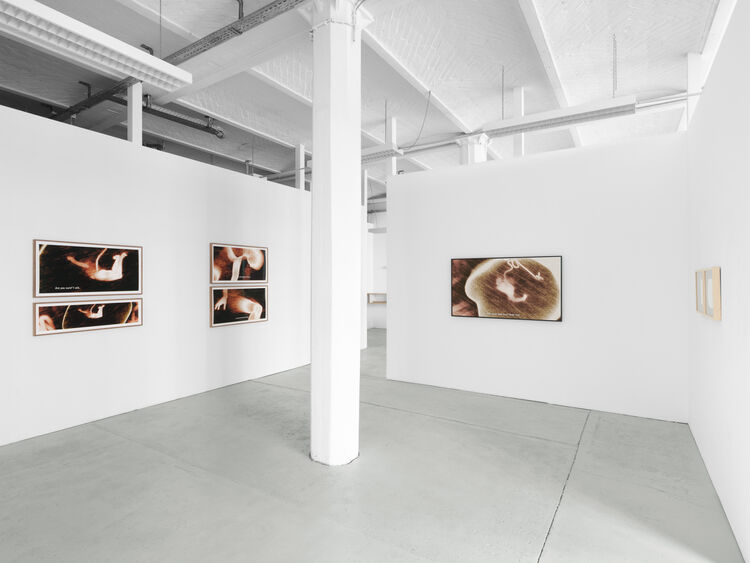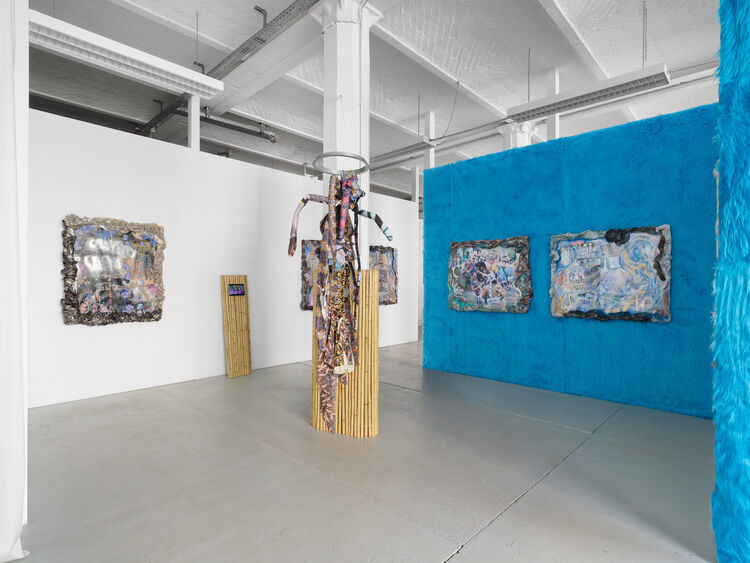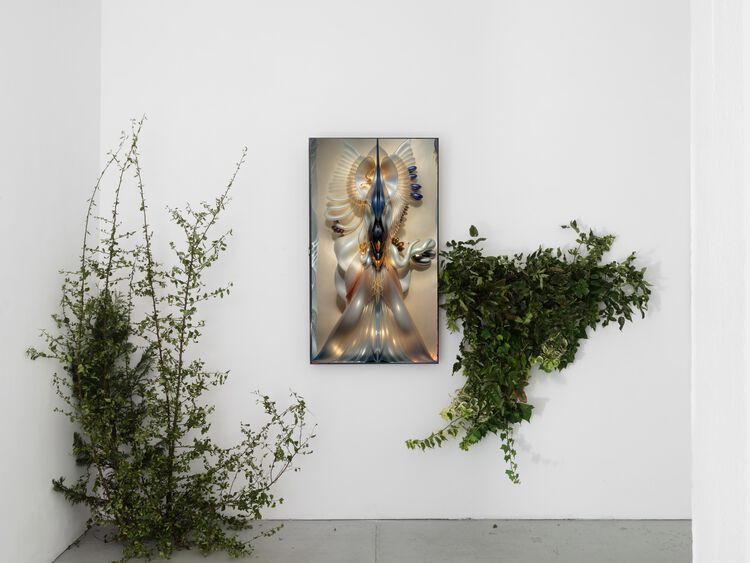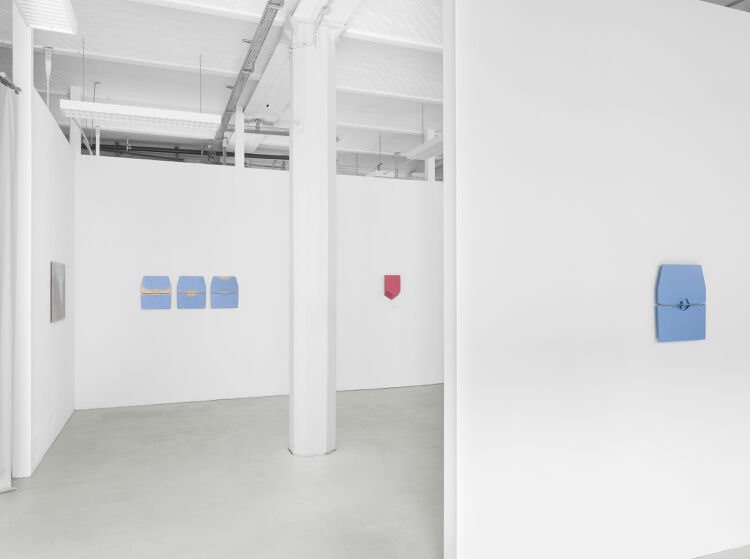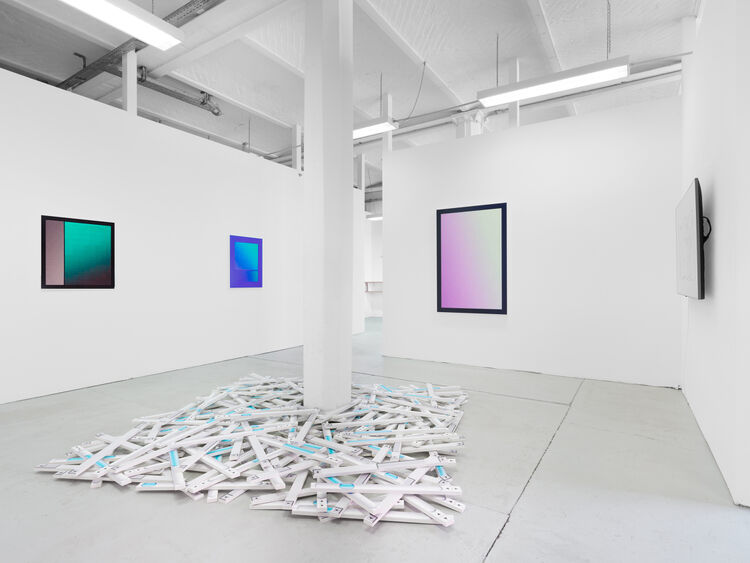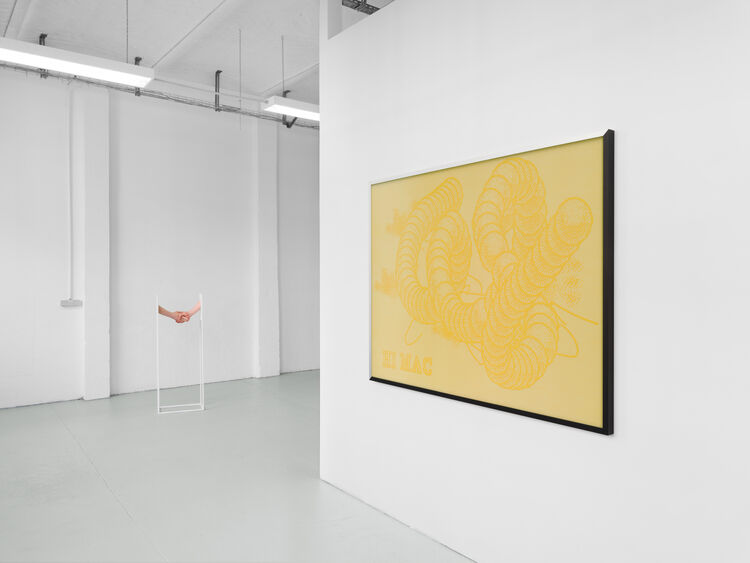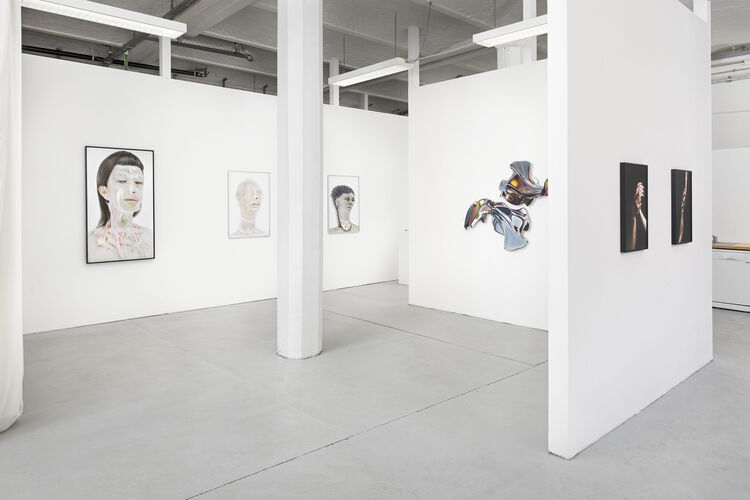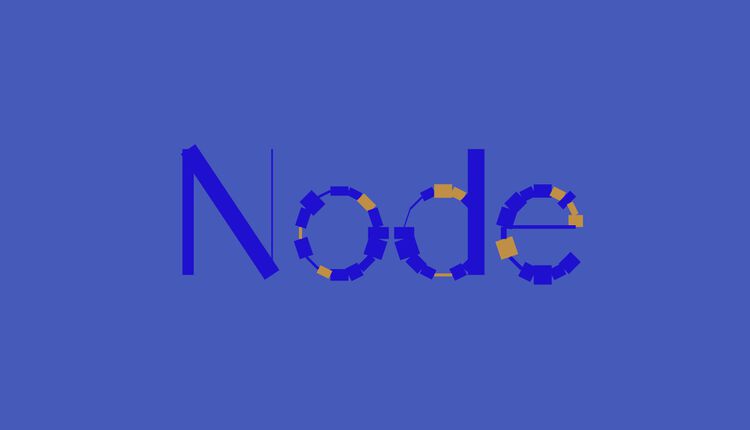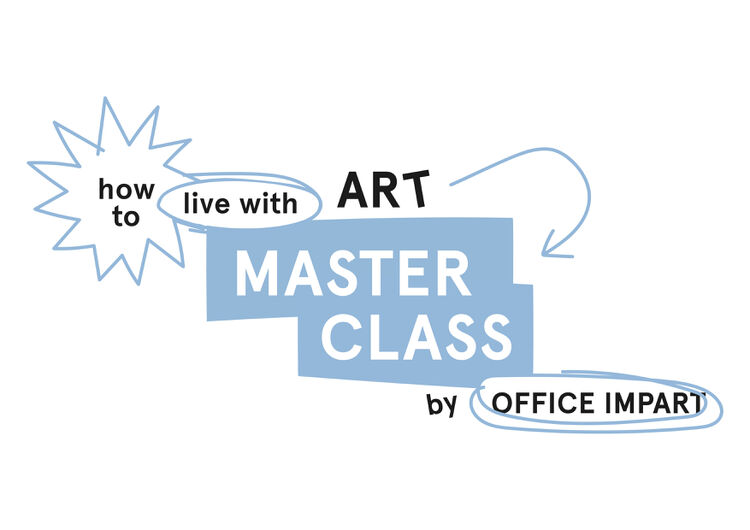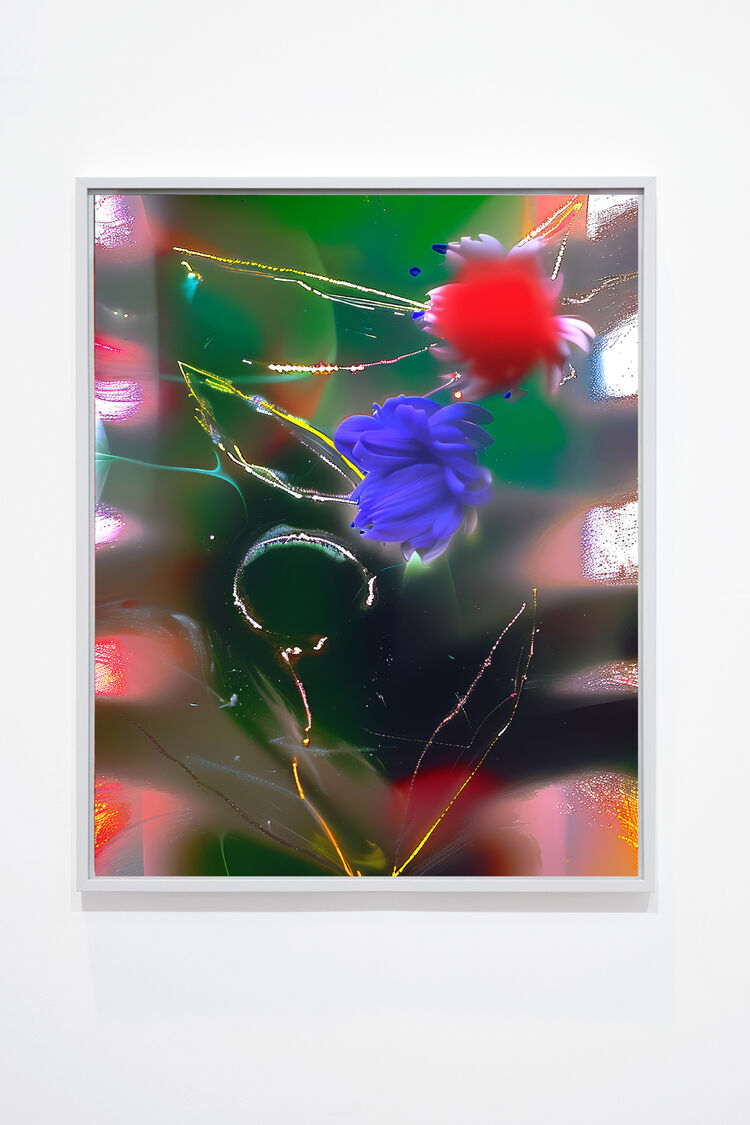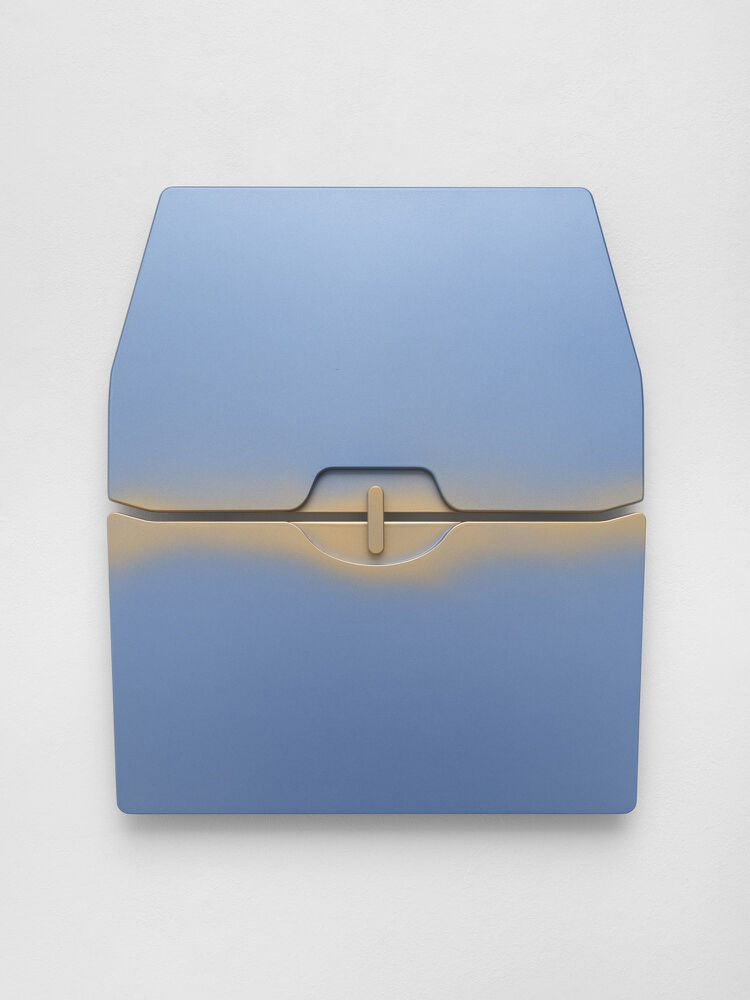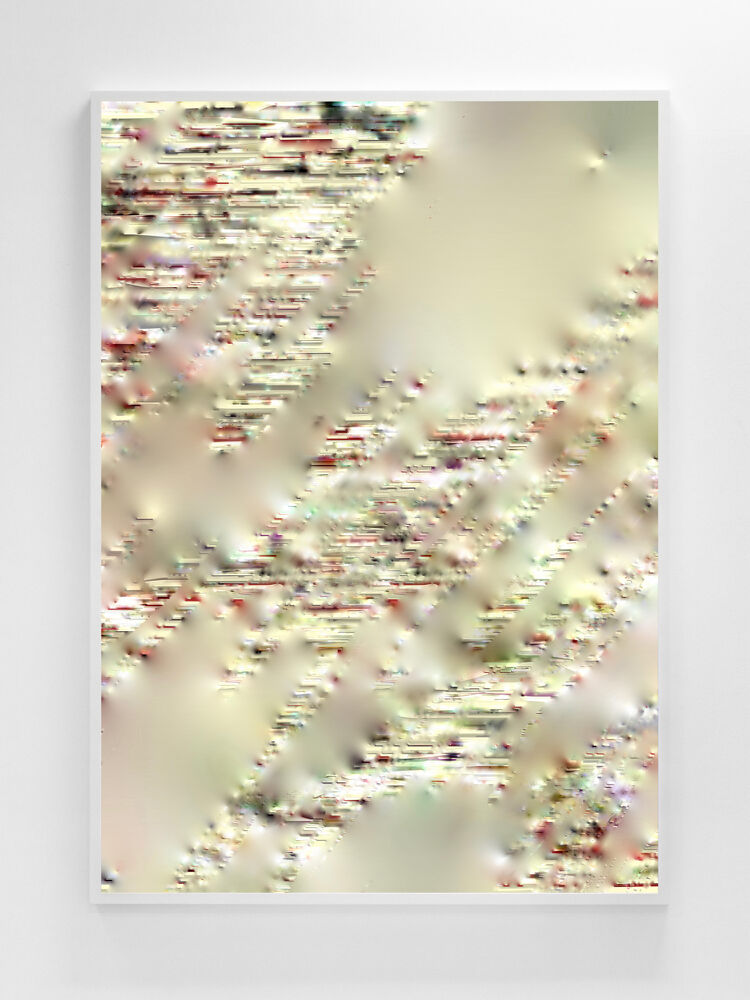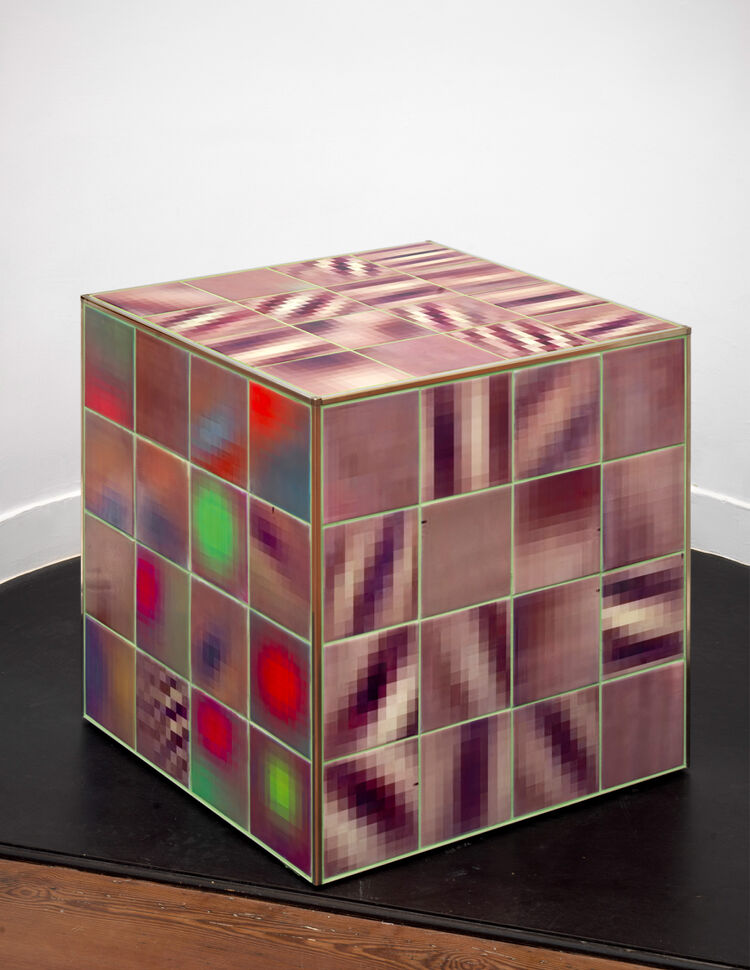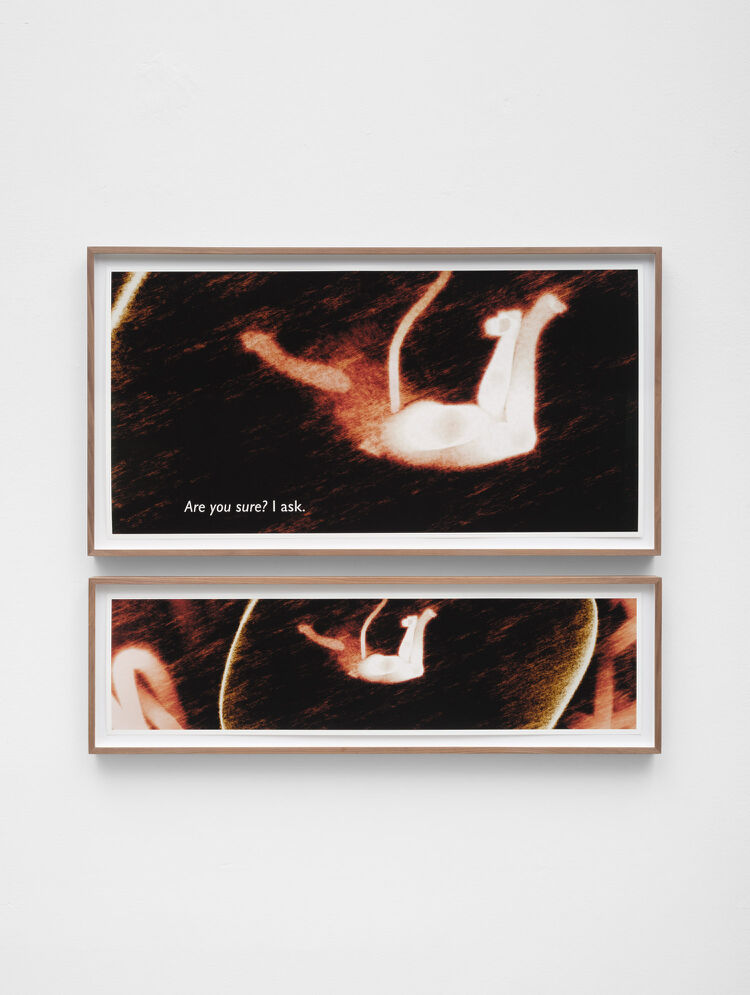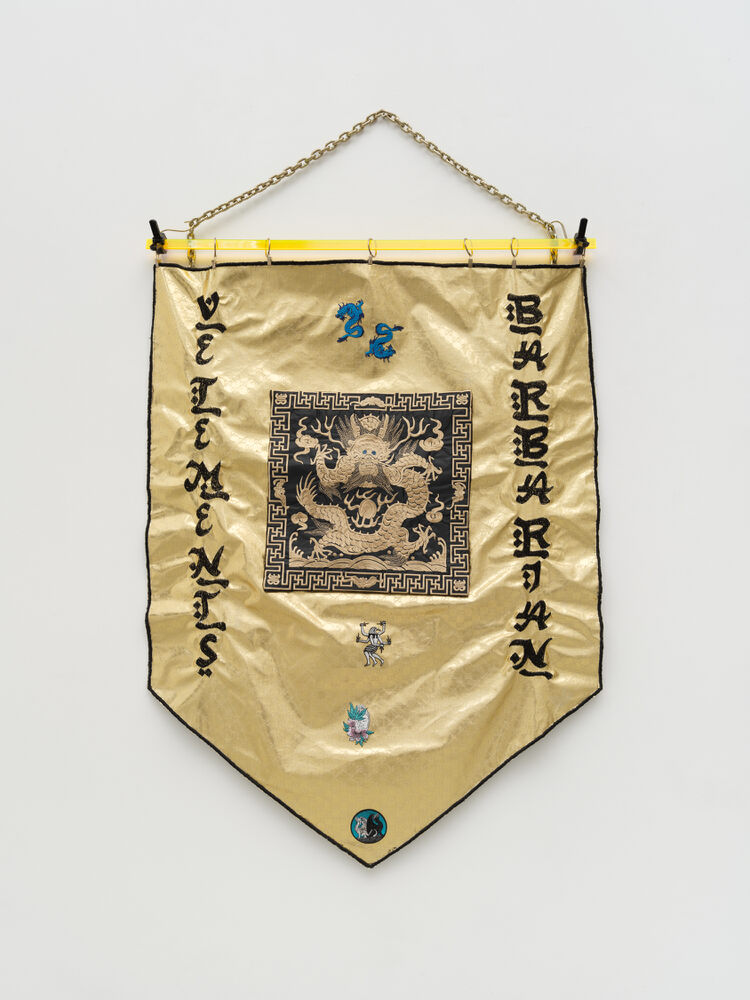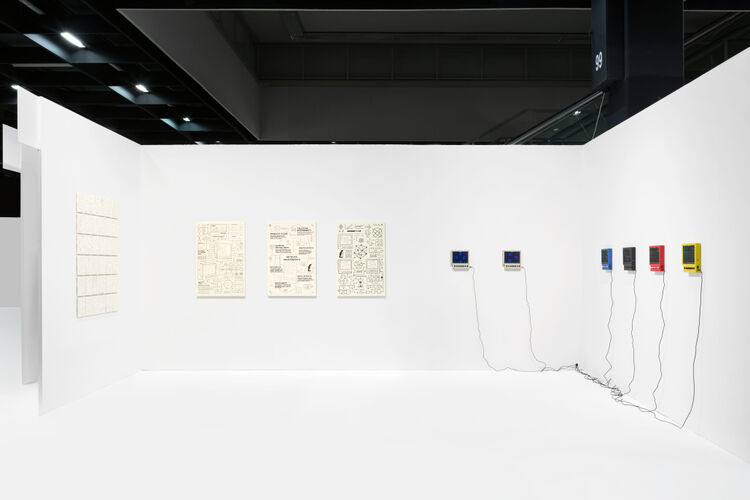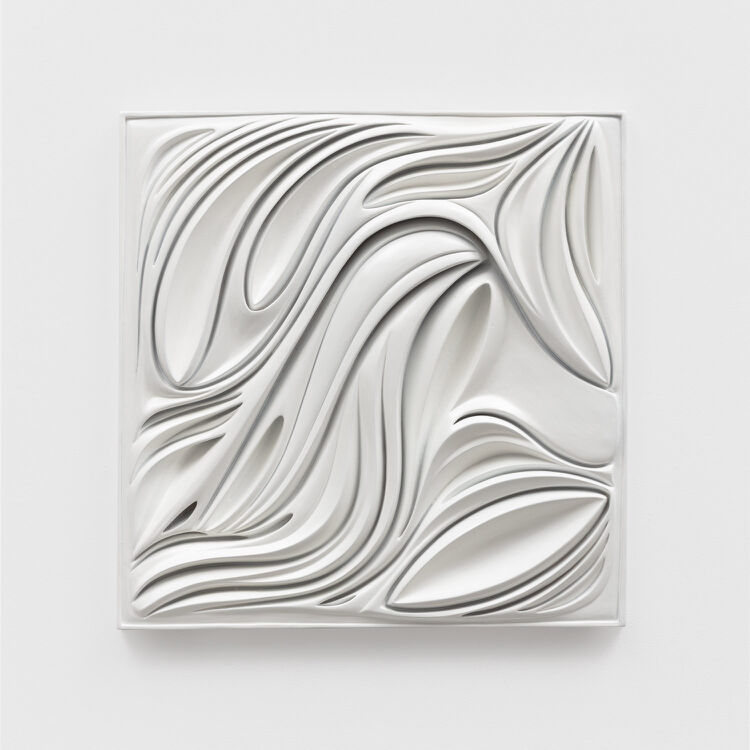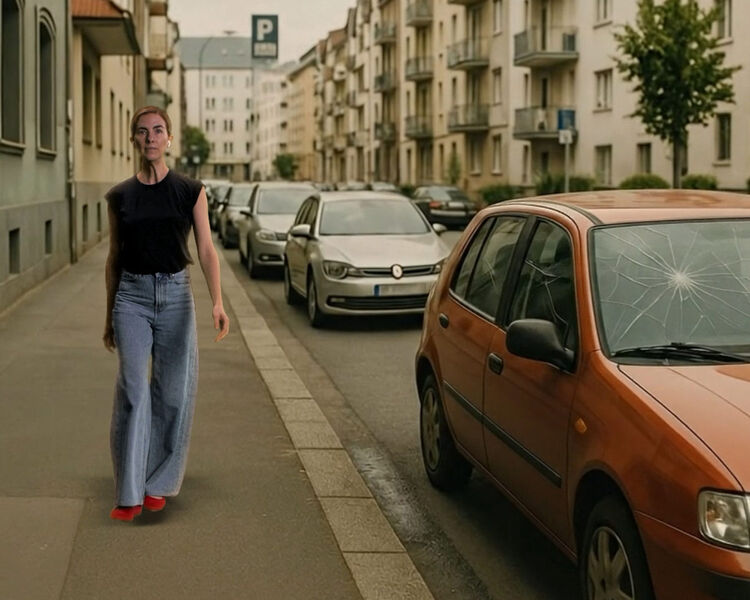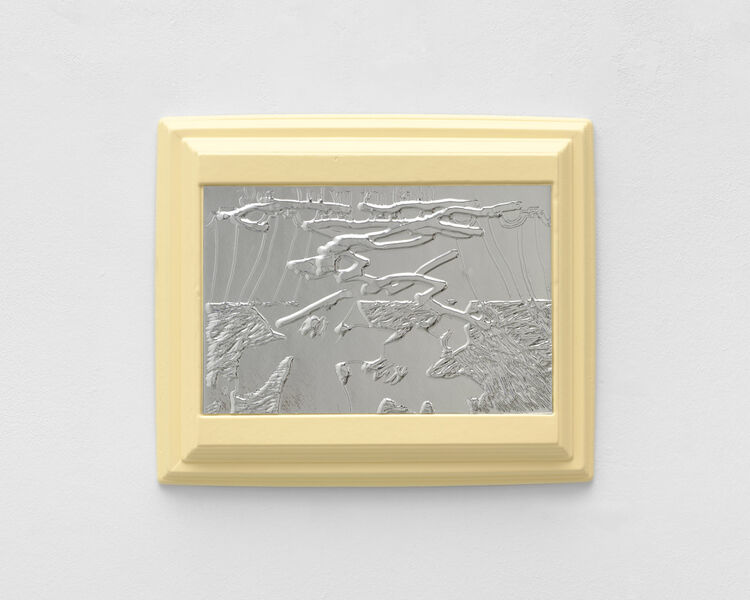Damjanski - Magenta Elephants
Damjanski
Magenta Elephants
07.06. – 12.07.2024
Nobody is Here aka Outis Arrives and Nemo Appears
Text by Charlotte Kent
"Friends, Nobody is murdering me by craft. Force there is none.” Homer, The Odyssey, Book 9 Line 408
What if the cat isn’t both dead and alive as in Schrodinger’s box, but a taxidermied felis catus staring from a ceiling in a meme on your screen who has disappeared with not even a Cheshire smile remaining? Can you see it? The image? The image that is an idea, a phrase, a picture, and do any one of those images mean more, do more, show more than the other? Damjanski’s “Ceiling Cat” (2024) riffs on Eva and Franco Mattes’ “Ceiling Cat” (2016) responding to the internet meme, which was itself a 2006 photograph taken by nobody, not even anonymous, just no one yet known, or to be known, or willing to stand up for the peculiar photographic set-up captured in the first decade of this strange, nigh uncanny century.
To repudiate being can only occur in reaction to presence. To disavow meaning can only occur in the context of presuming there is some. To not be in the picture is to have been there, potentially… if not actually. The app “Damjanski – Self Portrait” (2024) is a series that only works when the artist is present in the picture—though to speak in the dubious hyperbole of performance art, how present does he need to be? Is his body ever enough, and if so what if he is catatonic? Can he be musing on dog memes observed in his morning scroll, or the billowing clouds beyond any of us where the data bounces around—we’ll come back to that. If he is in the picture, he will be deleted and replaced with a bounding box, like you’ve seen for object detection capture in assorted softwares, labeled: damjanski #[number of the pictures created till then]. Perhaps only as his Platonic ideal is Damjanski there.
The Greek skeptical philosopher, Agrippa showed logic could not prove itself; it cannot be proved ab nihilo. Kurt Godel’s incompleteness theorem revealed that self-reference is necessary in number theory and he did so by using strict mathematical logic to show it; a sufficiently complex system cannot be both consistent and complete: if it is complete, it cannot be consistent, and vice versa. Bertrand Russell and Alfred Whitehead showed in Principia Mathematica that paradoxes could not be eliminated, meaning formal logic cannot be consistent. These paradoxes produce absurdities in logic and mathematics, but as the scientist and computer engineer Bernard Kastrup states in Meaning in Absurdity: What Bizarre Phenomena Can Tell Us About the Nature of Reality, “absurdity does not need to imply a complete lack of bearings for navigating the world.”
How to see the data guiding us personally and impersonally through our multi-factor authenticated hybrid reality? Damjanski captures the face of this impenetrable screenscape by removing his presence. And, then does the same with any and all objects in “Unhuman Compositions” (2024), which generates colorful abstractions and denies the camera’s capture. If trompe l’oeil, the genre that misguides the eye by illusion, was the extravagant refinement of perspective realism, then anamorphic designs were how artists twisted that perfection to have us gaze at its manipulative construct. Can we see object detection boxes as the twist and shout of the surveillance matrix? Just as the paradox to ignore the tip of your nose reinforces awareness of that protrusion as you try to look beyond it, the pink elephant of data capture is always there, snarfing your secrets through a logic more and less rational and comprehensible than our own elusive, and questionable, wit. Thus the absurdity of being.
"I should thus have some revenge for the harm that no-good Nobody has done me, ” said Polyphemus of that crafty hero (line 460). Indeed. Or, rather, perhaps, indubitably? Because amidst the shadows and veils of the nothings and nobodies, the no one that is Οὖτις in Greek or nemo in Latin, the crafty zeros and ones that are and aren’t you, none other have any better idea of who or what you are either.
